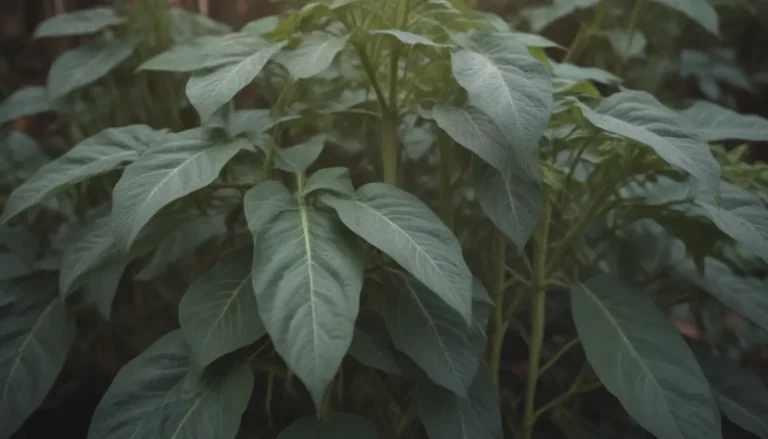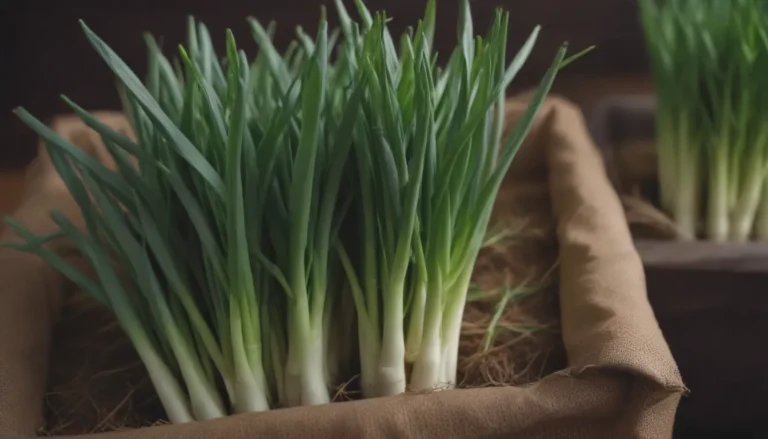An In-Depth Beginner’s Guide to Harvesting Rainwater

Rainwater harvesting has been a practice that dates back thousands of years, and in recent times, it has seen a resurgence in popularity. With the increasing focus on sustainability and conservation, more and more people are turning to rainwater collection as a way to reduce their environmental impact and lower their water bills. In this comprehensive guide, we will explore the benefits of harvesting rainwater, different techniques for collection, types of rainwater collection systems, and how to choose the right method for your needs.
The Benefits of Harvesting Rainwater
Rainwater offers numerous benefits over tap water from municipal systems. Here are some key advantages of harvesting rainwater:
- Conservation: By collecting rainwater, you can reduce your reliance on municipal water sources and help conserve this precious resource.
- Cost: Harvesting rainwater can lead to significant savings on your water bills over time.
- Neutral pH: Rainwater has a neutral pH level, which makes it ideal for watering plants and gardens.
- Contaminant-free: When collected properly, rainwater is free from the chemicals and additives that are often found in tap water.
- Reduces stormwater runoff: Harvesting rainwater helps reduce the strain on stormwater systems by capturing rain before it flows into drains.
Tip: It’s important to note that harvested rainwater is not considered potable (drinkable) without treatment.
Techniques for Harvesting Rainwater
There are two primary techniques for rainwater collection: surface runoff and groundwater recharge. Each method involves several components to effectively collect and store rainwater:
- Catchment surface: The surface area where rainwater is collected, such as a roof or paved area.
- Gutters and downspouts: Channels that direct rainwater to a storage container.
- Diverters and roof washers: Devices that help filter out debris and contaminants.
- Storage tank: A container that holds collected rainwater.
- Delivery system: Piping or pumps that transport water to its intended use.
- Treatment: Filters or purifiers to remove impurities before use.
Surface Runoff Harvesting
Surface runoff harvesting involves collecting rainwater from flat surfaces, such as roofs or driveways, and directing it into a storage container. This method is simple and ideal for homeowners looking to use rainwater for household and outdoor purposes like watering plants and cleaning.
One common form of surface runoff harvesting is the use of rain barrels placed under downspouts to catch and store rainwater. This method is accessible to beginners and can be easily implemented on a small scale.
Groundwater Recharge
Groundwater recharge systems are more complex and involve collecting rainwater at ground level, typically through a storage tank and distribution system. This method is more involved and may require professional installation to ensure proper functioning.
Groundwater recharge systems are well-suited for larger-scale applications like crop irrigation, livestock management, and household plumbing. They require initial construction costs but offer a more robust water supply for a variety of uses.
Types of Rainwater Collection Systems
The type of rainwater collection system you choose will depend on your needs and the necessary equipment for storage and distribution. Here are two common types of systems:
Rain Barrels
Rain barrels are simple and cost-effective solutions for harvesting rainwater on a small scale. These barrels serve as catch basins and can be placed under downspouts to collect rainwater from roofs. They typically have a spigot for easy access to stored water.
- Tip: Rain barrels are a popular DIY project and can often be obtained for free from local governments or conservation organizations.
Cisterns
Cisterns are larger storage tanks that can be installed above or below ground level. They are typically made of durable materials like cinderblocks, cement, steel, or fiberglass and require pumps for water retrieval. Cisterns are more suitable for larger properties or for those looking to collect and store larger volumes of rainwater.
Cisterns require regular maintenance, including cleaning and possibly insulating piping for winter weather conditions. They are ideal for those who need a more substantial water supply for irrigation or household use.
Choosing the Right Method
When selecting a rainwater harvesting method, consider the following factors to ensure you choose the right system for your needs:
- Water quality: Determine if you need potable water or are using rainwater for non-potable purposes.
- Storage capacity: Consider how much water you need to store and if your chosen method can accommodate that volume.
- Maintenance: Evaluate the upkeep required for your chosen system and ensure you are prepared to maintain it properly.
- Cost: Factor in the initial installation costs, as well as ongoing maintenance and operational expenses.
It’s essential to research your local regulations and restrictions regarding rainwater harvesting to ensure compliance with laws and permits. Consulting with a professional or your local cooperative extension office can provide valuable guidance on the best practices for rainwater collection in your area.
In conclusion, rainwater harvesting is a practical and sustainable way to reduce water consumption, lower utility bills, and contribute to environmental conservation. By understanding the benefits of rainwater collection, exploring different techniques for harvesting rainwater, and selecting the right system for your needs, you can enjoy the advantages of this eco-friendly practice while making a positive impact on the planet.
Sources: Saving and Using Rainwater. University of Florida Extension, Rainwater collection. The Centers for Disease Control and Prevention, Environmental concerns for stormwater and rainwater harvest and use/reuse. Minnesota Stormwater Manual.





